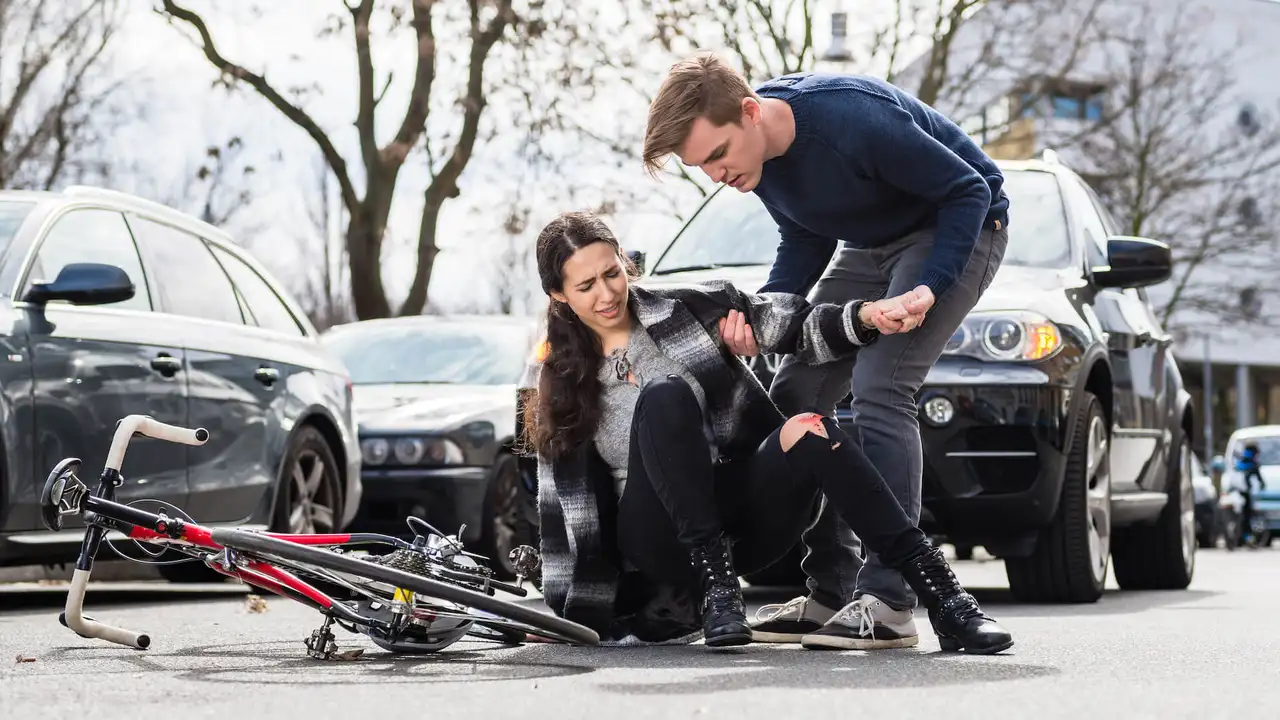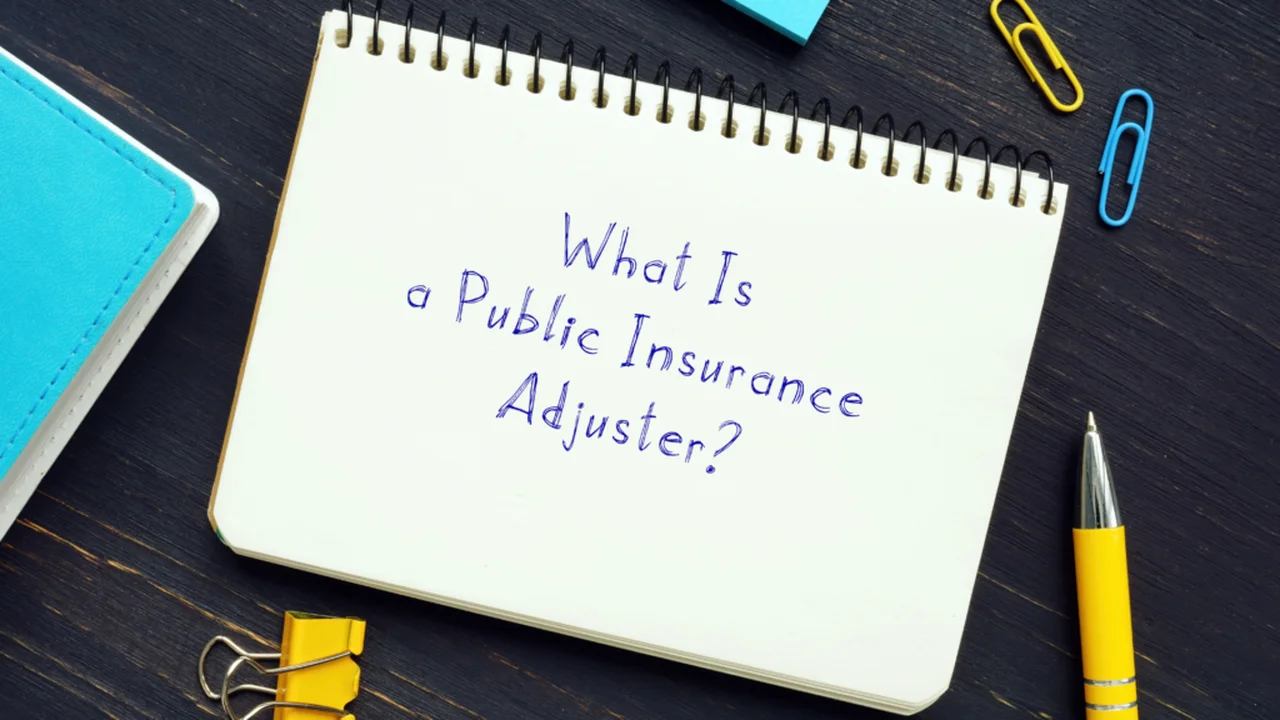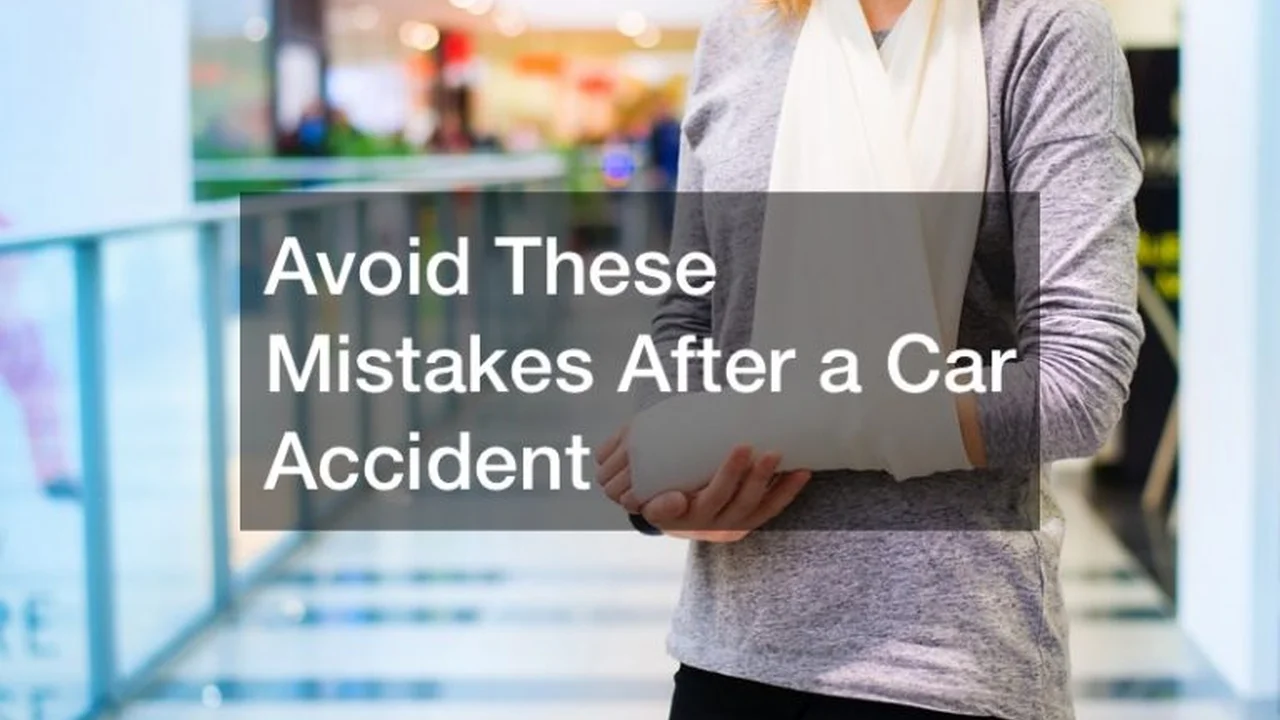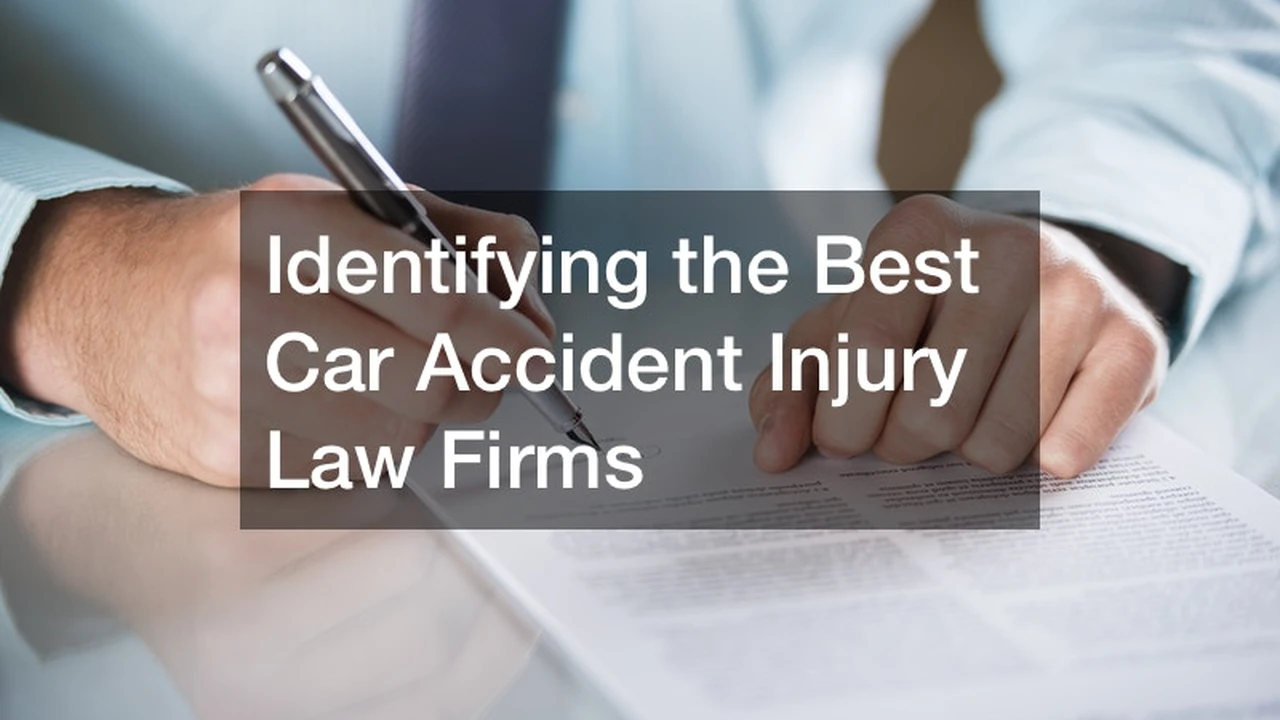Understanding Comparative Negligence in Car Accidents
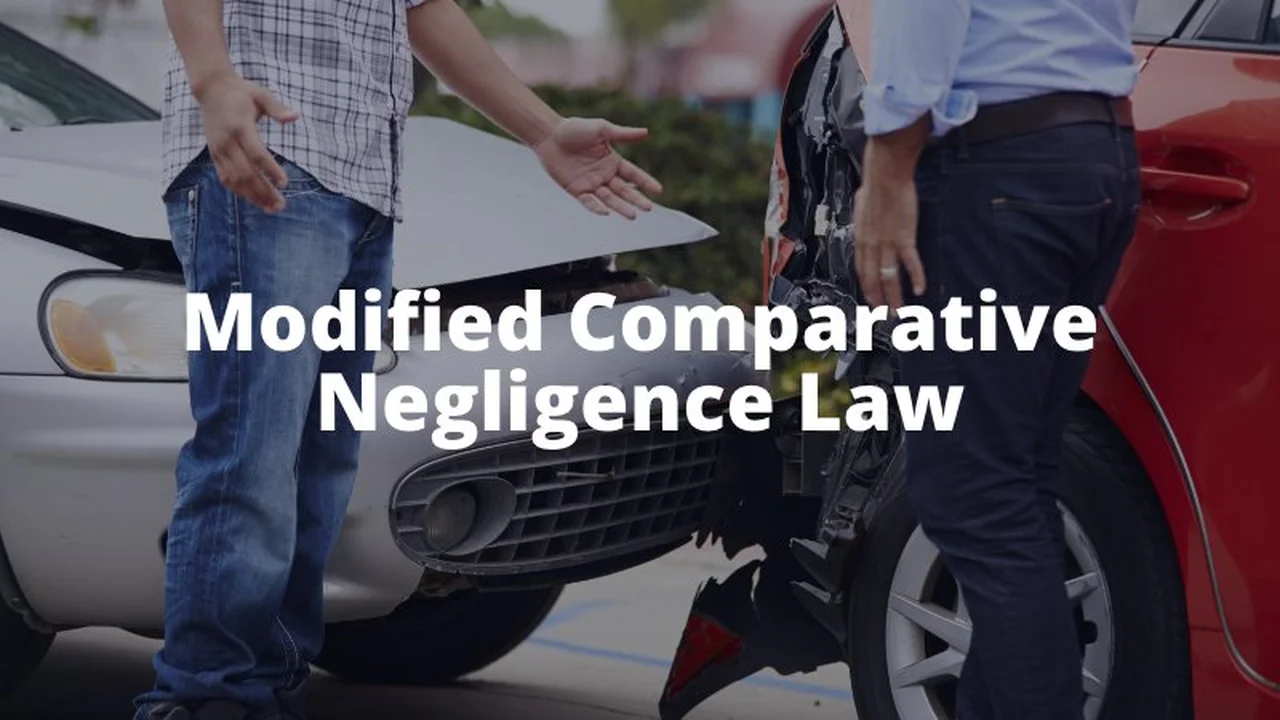
What is Comparative Negligence A Car Accident Law Overview
Okay, so you've been in a car accident. Not fun, right? And now you're hearing this term "comparative negligence." What in the world does that even mean? Basically, it means that more than one person can be at fault for an accident. It's not always black and white – sometimes it's shades of gray. This is especially important in states that use comparative negligence laws, because it can seriously impact how much money you can recover.
Pure Comparative Negligence Versus Modified Comparative Negligence Understanding the Differences
There are two main types of comparative negligence: pure and modified. Pure comparative negligence means you can recover damages even if you're 99% at fault! You'll just get less money. If you were 99% at fault, you only get 1% of the damages. Modified comparative negligence is a bit different. It usually means you can't recover anything if you're 50% or 51% at fault, depending on the state. So, if you’re 51% at fault, bam, you get nothing. Knowing which type of comparative negligence your state uses is crucial.
How Comparative Negligence Works Example Scenarios for Car Accident Claims
Let's look at some examples to make this clearer. Imagine you're speeding and get into an accident with someone who ran a red light. The court might find you 30% at fault for speeding and the other driver 70% at fault for running the red light. If the total damages are $10,000, you would only receive $7,000 (the other driver's 70% responsibility). Another scenario: You're texting and driving and rear-end someone. You might be found 60% at fault. If your state has a 50% modified comparative negligence rule, you won't receive any compensation.
Determining Fault Investigating Car Accidents for Negligence Percentages
So, how do they figure out who's at fault and by how much? It involves a lot of investigation. Police reports are a big deal. They usually contain initial assessments of what happened. Witness testimonies are also super important. What did other people see? They can help paint a clear picture. And of course, evidence from the scene, like skid marks and damage to the vehicles, plays a role. Insurance companies and lawyers will dig into all this to figure out the percentages of fault. They might even bring in accident reconstruction experts.
Impact on Your Car Accident Settlement Negotiating with Insurance Companies
Comparative negligence can seriously affect your settlement. If you're partly at fault, the insurance company will try to lowball you. They’ll argue that since you share some blame, they don't have to pay you as much. This is where having a good lawyer is essential. They can negotiate on your behalf and fight to get you the compensation you deserve. Don't just accept the first offer they throw at you! They are ALWAYS trying to save money.
Building Your Case Proving Negligence in a Car Accident Claim
To win your case, you need to prove that the other driver was negligent and that their negligence caused the accident. This means gathering evidence, like photos of the scene, medical records, and repair bills. You also need to show how much you've suffered – both physically and financially. Pain and suffering are real, and you deserve to be compensated for it! Don't be afraid to document everything.
Products to Help After a Car Accident and Comparative Negligence Considerations
Let's talk about some products that can help you after a car accident, especially when dealing with comparative negligence. These aren't directly related to the *legal* concept, but they can help you document, protect yourself, and potentially mitigate your own negligence, which can impact your comparative negligence claim.
Dash Cams Documenting the Truth on the Road
A dash cam is like a silent witness in your car. It records everything that happens while you're driving. This can be incredibly valuable in proving who was at fault in an accident. If the other driver claims you ran a red light, but your dash cam shows they did, that's solid evidence. It can also help if there are no witnesses. Plus, some dash cams have features like GPS tracking and collision detection, which can provide even more information.
Product Recommendation Garmin Dash Cam 67W
The Garmin Dash Cam 67W is a fantastic option. It offers a wide 180-degree field of view, capturing a broad perspective of the road. It records in 1440p resolution, providing clear and detailed footage. It also has voice control, so you can start and stop recording with simple voice commands. Plus, it automatically saves footage of incidents and sends alerts to your phone. It's priced around $250.
Product Recommendation Thinkware Q800PRO
The Thinkware Q800PRO is another excellent choice. It records in 2K QHD resolution and has a super night vision feature, which improves visibility in low-light conditions. It also has advanced driver assistance systems (ADAS) like lane departure warning and forward collision warning. It's a bit pricier than the Garmin, around $350, but the extra features are worth it for some drivers.
Dash Cam Comparison Garmin 67W vs Thinkware Q800PRO
Both are great options, but the Garmin 67W is more affordable and easier to use. The Thinkware Q800PRO offers better video quality and more advanced features, but it comes at a higher price. Consider your budget and your needs when making your decision. Do you need the advanced driver assistance features? Or is clear video and ease of use more important? The Garmin is often the best starting point.
First Aid Kits Being Prepared for Immediate Aftermath
Having a well-stocked first aid kit in your car is crucial. It allows you to provide immediate care to yourself and others after an accident. This can help prevent further injuries and even save lives. Make sure your kit includes bandages, antiseptic wipes, pain relievers, and other essential supplies.
Product Recommendation First Aid Only All-Purpose First Aid Kit
The First Aid Only All-Purpose First Aid Kit is a great choice. It contains 299 pieces, including a variety of bandages, antiseptic wipes, pain relievers, and other essential items. It's compact and easy to store in your car. It's priced around $20.
Product Recommendation Surviveware Small First Aid Kit
The Surviveware Small First Aid Kit is another excellent option. It's a bit more comprehensive than the First Aid Only kit and includes items like a CPR mask and a tourniquet. It's also organized in a logical way, making it easy to find what you need in an emergency. It's priced around $40.
First Aid Kit Comparison First Aid Only vs Surviveware
The First Aid Only kit is a good basic option for everyday use. The Surviveware kit is more comprehensive and better suited for serious emergencies. Consider your level of preparedness and your budget when making your decision. If you want to be ready for anything, the Surviveware kit is the way to go. If you just need a basic kit for minor injuries, the First Aid Only kit will suffice.
Emergency Roadside Kits Staying Safe While Waiting for Help
An emergency roadside kit can help you stay safe while waiting for help after an accident. It should include items like jumper cables, a flashlight, a warning triangle, and a blanket. These items can help you signal for help, stay warm, and protect yourself from further danger.
Product Recommendation AAA 42-Piece Emergency Roadside Kit
The AAA 42-Piece Emergency Roadside Kit is a great choice. It includes jumper cables, a flashlight, a warning triangle, a blanket, and other essential items. It's also backed by the AAA brand, so you can be sure it's a quality product. It's priced around $50.
Product Recommendation Lifeline AAA Premium Road Kit
The Lifeline AAA Premium Road Kit is another excellent option. It's more comprehensive than the standard AAA kit and includes items like a tire inflator and a tow rope. It's also packaged in a durable carrying case. It's priced around $70.
Emergency Roadside Kit Comparison AAA 42-Piece vs Lifeline AAA Premium
The AAA 42-Piece kit is a good basic option for everyday use. The Lifeline AAA Premium kit is more comprehensive and better suited for serious emergencies. Consider your level of preparedness and your budget when making your decision. If you want to be ready for anything, the Lifeline AAA Premium kit is the way to go. If you just need a basic kit for common roadside issues, the AAA 42-Piece kit will suffice.
Understanding Your Rights Contacting a Car Accident Attorney
Comparative negligence laws can be complicated. If you've been in a car accident and you're not sure what to do, it's always a good idea to contact a car accident attorney. They can help you understand your rights and fight to get you the compensation you deserve. A good lawyer will know the ins and outs of comparative negligence in your state and can help you navigate the legal process.
Finding a Qualified Attorney Searching for Legal Representation
When looking for an attorney, do your research. Read reviews online, ask for recommendations from friends and family, and schedule consultations with several different lawyers before making a decision. Make sure you choose someone who has experience with car accident cases and who you feel comfortable working with.
The Importance of Documentation Keeping Records After an Accident
Remember, documentation is key. Keep records of everything related to the accident, including police reports, medical bills, repair bills, and communications with the insurance company. This will help your attorney build a strong case on your behalf.
Final Thoughts Staying Safe on the Road
Car accidents are never fun, and dealing with comparative negligence can make things even more complicated. But by understanding your rights, gathering evidence, and working with a qualified attorney, you can increase your chances of getting the compensation you deserve. Drive safe out there!
:max_bytes(150000):strip_icc()/277019-baked-pork-chops-with-cream-of-mushroom-soup-DDMFS-beauty-4x3-BG-7505-5762b731cf30447d9cbbbbbf387beafa.jpg)



